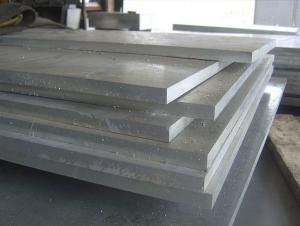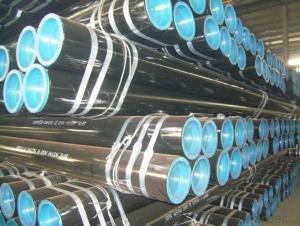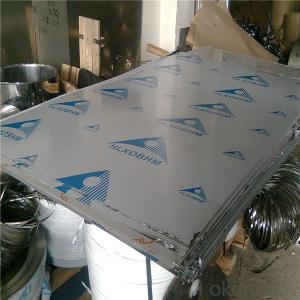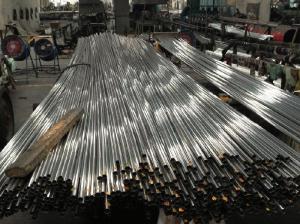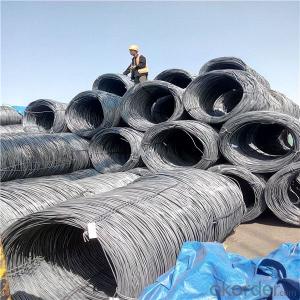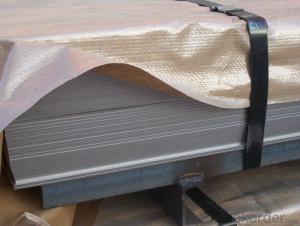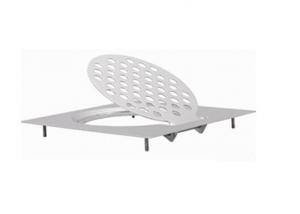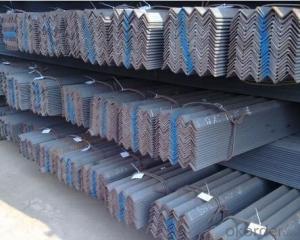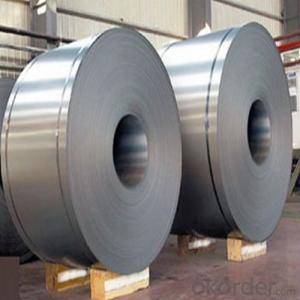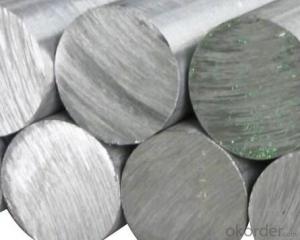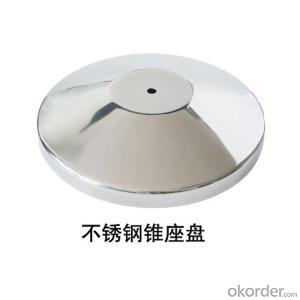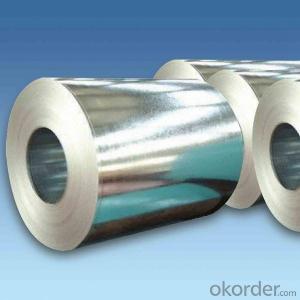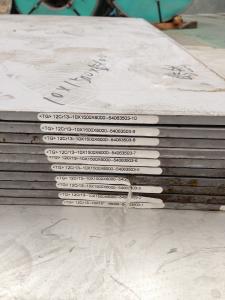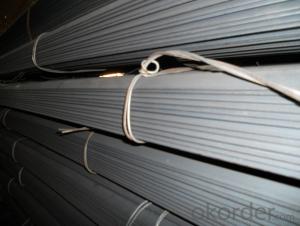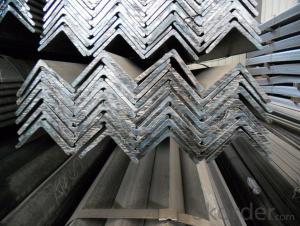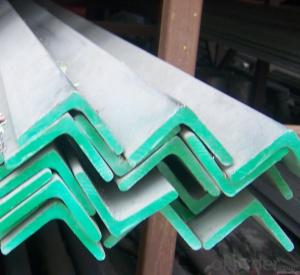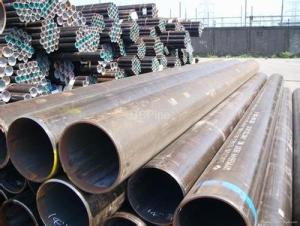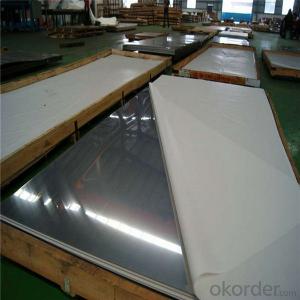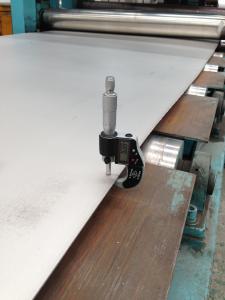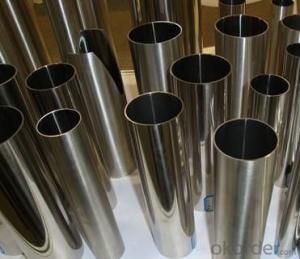Grades Of Stainless Steel
Grades Of Stainless Steel Related Searches
Stainless Steel Grade Grades Of Stainless Steel Chart Types Of Stainless Steel Grades Best Stainless Steel Grades Stainless Steel Grade Chart Stainless Steel Grades Chart Marine Stainless Steel Grades Stainless Steel Ratings Medical Grade Stainless Steel Cold Rolled Steel Grades Food Grade Stainless Steel Marine Grade Stainless Steel Density Of Stainless Steel Stainless Steel Quality Hardness Of Stainless Steel Stainless Steel Strength Types Of Stainless Steel Surgical Grade Stainless Steel Stainless Steel Numbers Stainless Steel Density Grade 304 Stainless Steel Stainless Steel Types Sg Cast Iron Grades 304 Stainless Steel Food Grade Stainless Steel Hardness Type Of Stainless Steel Properties Of Stainless Steel Stainless Steel Prices Stainless Steel Conductivity Stainless Steel Thickness ChartGrades Of Stainless Steel Supplier & Manufacturer from China
Stainless steel is a versatile material that comes in various grades, each with its own unique properties and applications. Grades of stainless steel are differentiated based on their composition, which includes elements such as chromium, nickel, molybdenum, and others that contribute to their corrosion resistance, strength, and other characteristics. These grades are widely used in industries such as construction, automotive, aerospace, and food processing, where their durability and resistance to harsh environments are highly valued.Grades of stainless steel are employed in numerous applications and usage scenarios, making them indispensable in many sectors. For instance, in the construction industry, they are used for building facades, bridges, and other structures that require long-lasting materials. In the automotive sector, they are utilized for exhaust systems and other components that are exposed to high temperatures and corrosive substances. In food processing, their non-reactive nature makes them ideal for equipment that comes into contact with food products. The versatility of grades of stainless steel ensures that they are suitable for a broad range of applications, catering to the specific needs of each industry.
Okorder.com is a reputable wholesale supplier of grades of stainless steel, boasting a large inventory that caters to the diverse needs of various industries. With a commitment to quality and customer satisfaction, Okorder.com offers a comprehensive range of stainless steel grades, ensuring that clients can find the perfect material for their specific requirements. Their extensive inventory and competitive pricing make them a go-to source for businesses looking to procure grades of stainless steel in bulk.
Hot Products
